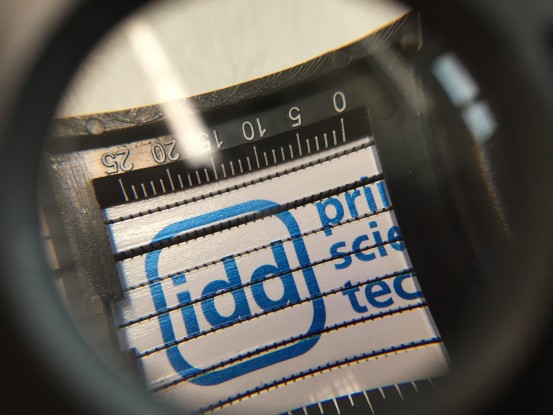The aim of the Fiber4Ink project is to investigate a new type of material platform for 3D bioprinting (a so-called bioink) that can overcome the following hurdles:
(i) The spatial orientation of function-specific cells in the 3D tissue model.
(ii) The local and cell type-specific stimulation by active substances in multicellular co-cultures.
(iii) Electrical signal transduction in the cultivation of cell types, such as nerve or muscle cells, which are dependent on electrical signal transmission.
(iv) The nutrient supply of cells in tissue structures beyond the diffusion limit of a few hundred micrometers.
For this purpose, the excellent cell-biological properties of protein-based hydrogels, which can be obtained from the extracellular matrix, are combined with the multifunctional physico-chemical properties of microfibers. Due to their good availability and high biofunctionality, protein-based hydrogels, such as collagen or elastin, are a popular choice for the majority of tissue engineering approaches performed today. While the materials are ideally suited for classic tissue engineering methods, such as casting or coating scaffold structures, their processing using 3D bioprinting poses a major challenge due to the usually complex gelation kinetics and the comparatively low mechanical properties. By integrating fibers, the flow properties and mechanics of the gels can be improved. In addition, the targeted control of cell growth through spatial orientation, local stimulation, signal transduction and nutrient supply will be developed. Finally, a functional nerve cell model is to be created at the IDD. If Fiber4Ink is successfully implemented, there will be a wide range of future applications for the material platform that are highly relevant for medical technology (bio-based implants), the pharmaceutical and chemical industries (tissue models) and the food industry (cellular agriculture and cultured meat).





